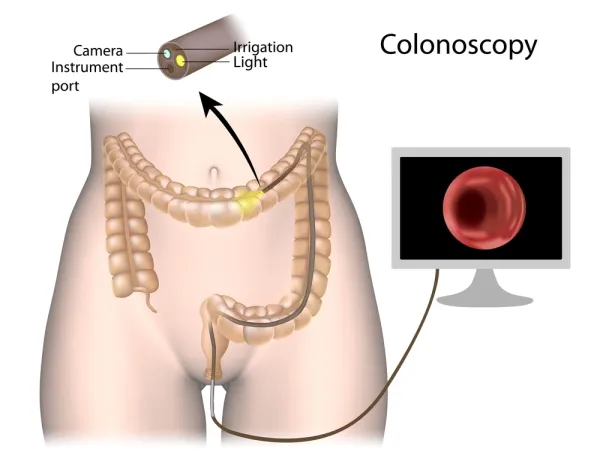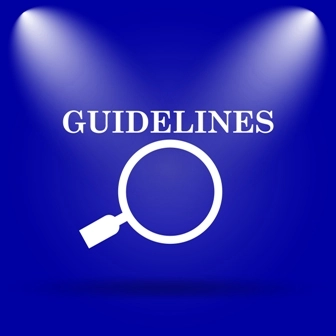EM Coding Alert
Know Patient Status Before Billing Incident-To
Hint: Check with your payers before billing. If your practice provides services incident-to a physician, make sure you’re following reporting rules to ensure full payment — otherwise, you’re leaving money you technically earned on the table. Take a deep dive into some nitty-gritty details of incident-to billing. This article will focus on the incident-to billing practice that allows nonphysician practitioners (NPPs) to provide evaluation and management (E/M) services to patients without the physician’s accompaniment. Correctly reporting incident-to means that you can bill your NPP’s services under the National Provider Identifier (NPI) of the physician; this will garner 100 percent of the E/M payment, as opposed to the 85 percent reimbursement rate that accompanies the NPP’s NPI. Caveat: There are some very specific rules for reporting incident-to, and failure to follow even one of them will raise the eyebrows of auditors on the lookout for upcoders. Check out our advice on reporting incident-to correctly every time. Understand the Background You need to know how to proceed with potential incident-to claims because not all payers will recognize the coding convention, says Mary I. Falbo, MBA, CPC, CEO of Millennium Healthcare in Lansdale, Pennsylvania. “It is important to check with each of your carriers before billing services incident-to,” she warns. “Keep in mind that incident-to guidelines were developed by Medicare, and other insurance carriers do not necessarily follow Medicare’s lead. It is important to check with the third-party payers to ascertain if they follow Medicare’s incident to guidelines or state law or obtain clear guidelines as to their requirements.” The Centers for Medicare & Medicaid Services (CMS) defines incident-to services as “services or supplies furnished as an integral, although incidental, part of the physician’s personal professional services in the course of diagnosis or treatment of an injury or illness.” For a service to be covered as incident-to the physician, some of the requirements included in Medicare Benefit Policy Manual, Chapter 15, Section 60, are that the service must be: If your encounter doesn’t meet all these criteria and the additional requirements in Section 60, don’t even think about coding incident-to. Focus on Office E/M Services for Established Patients The patient must be established to report a service incident-to, as the next section will explain. Takeaway: You’ll likely be reporting your E/M incident-to claims with office/outpatient codes 99211 (Office or other outpatient visit for the evaluation and management of an established patient that may not require the presence of a physician or other qualified health care professional.) through 99215 (Office or other outpatient visit for the evaluation and management of an established patient, which requires a medically appropriate history and/or examination and high level of medical decision making. When using time for code selection, 40-54 minutes of total time is spent on the date of the encounter.). If you report home visits, be sure to review Medicare Benefit Policy Manual, Chapter 15, Section 60, for the specific rules that apply. Abide By Direct Supervision Rules Incident-to services must be performed under the direct supervision of the physician. “Direct supervision in the office setting does not mean that the physician must be present in the same room with his or her aide. However, the physician must be present in the office suite and immediately available to provide assistance and direction throughout the time the aide is performing services, according to Medicare Benefit Policy Manual, Chapter 15, Section 60.1.B. The physician that is performing the direct supervision doesn’t have to be the same physician that established the plan of care. If there is no direct supervision of any kind, however, you cannot code incident-to; revert to coding the service under the NPP’s NPI. The manual further indicates that “this does not mean, however, that to be considered ‘incident to,’ each occasion of service by auxiliary personnel (or the furnishing of a supply) need also always be the occasion of the actual rendition of a personal professional service by the physician. Such a service or supply could be considered to be ‘incident to’ when furnished during a course of treatment where the physician performs an initial service and subsequent services of a frequency which reflects his/her active participation in and management of the course of treatment.”

Related Articles
EM Coding Alert
- Back to Basics:
Can You Distinguish a Procedure From an E/M Service?
Plus, know how to support, with documentation, appending modifier 25. Even expert coders may struggle [...] - Billing:
Know Patient Status Before Billing Incident-To
Hint: Check with your payers before billing. If your practice provides services incident-to a physician, [...] - Specialty Spotlight:
Test Your Coding Knowledge With This Ob-Gyn Scenario
You may be able to report more than one E/M code for this pessary situation. [...] - You Be the Coder:
Figure Out Which Modifier is Best in This Arthrodesis Surgery Scenario
Question: Encounter notes indicate that the surgeon performed an office/outpatient evaluation and management (E/M) service for [...] - Reader Questions:
Look to Patient Insurance Status for Clue on Billing Second Visit
Question: One of our providers will decide that a patient has to have surgery, then have [...] - Reader Questions:
Remember Counseling May Qualify as a Separate Service
Question: Can a GI specialist bill for alcohol abuse counseling and intervention in addition to an [...] - Reader Questions:
Understand When Rx Management Affects MDM
Question: Our pediatrician gave a patient a trial/sample medication. The doctor documented instructions and medical necessity [...]




